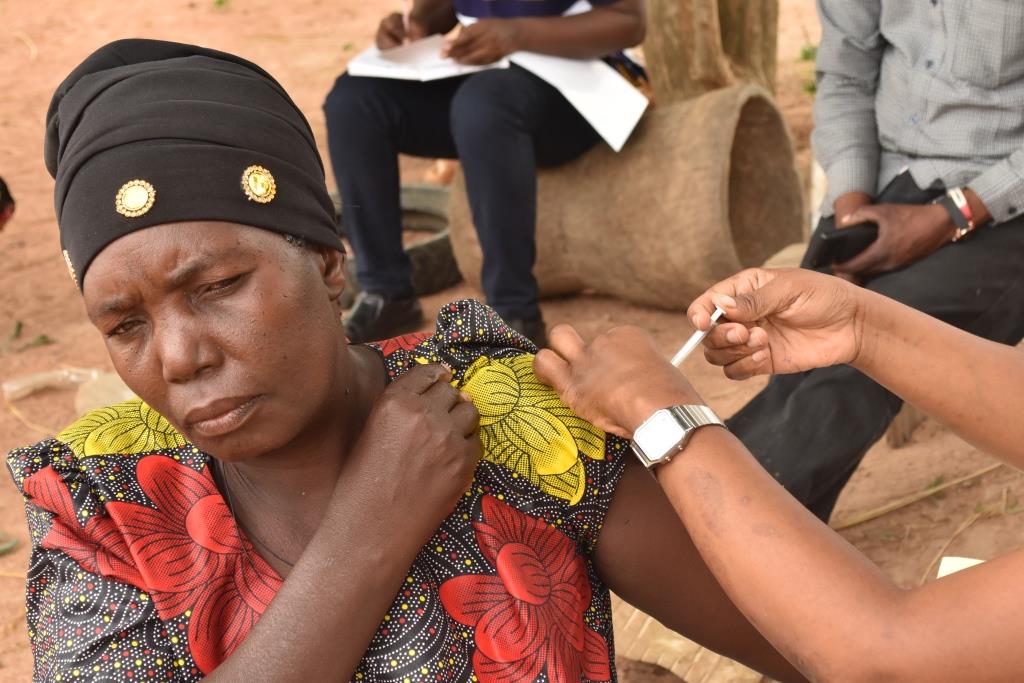
In 2019, the world was hit by the rapid spread of COVID-19, a deadly and uncontrollable epidemic caused by the SARS-CoV-2 virus. To counteract the effects of this calamity, many measures were deployed, including hand washing, face masks, and even lockdowns in some countries. In 2020, a vaccine was developed and made available in many countries, including middle- and low-income countries with the help of the COVAX program under WHO. Late in July 2021, Tanzania received several doses of vaccines, which marked the beginning of the implementation of this new mitigating measure. The responsible ministry gave directives on how, when, and who should benefit from the vaccine. Priority was given to groups such as healthcare professionals, defense forces, government officials, and elders, and the service eventually expanded to the whole Tanzanian community as more vaccine doses became available. Like in other regions, the Shinyanga region in Tanzania was also involved in the process of providing COVID-19 vaccines to people. Public and private stakeholders worked together to ensure that all people in all districts of Shinyanga were reached. However, despite the massive support from NGOs and CSOs, some councils did not perform well in terms of reaching the target population include Kishapu DC.

